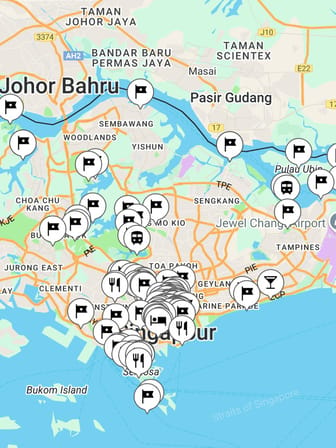Thian Hock Keng Temple
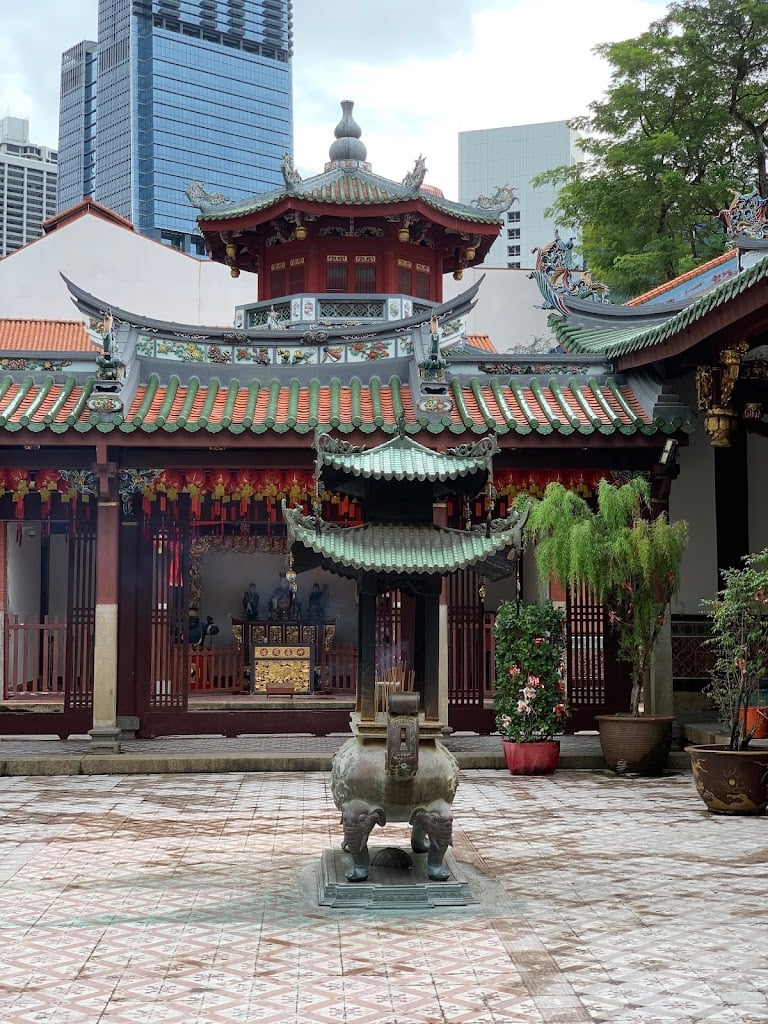
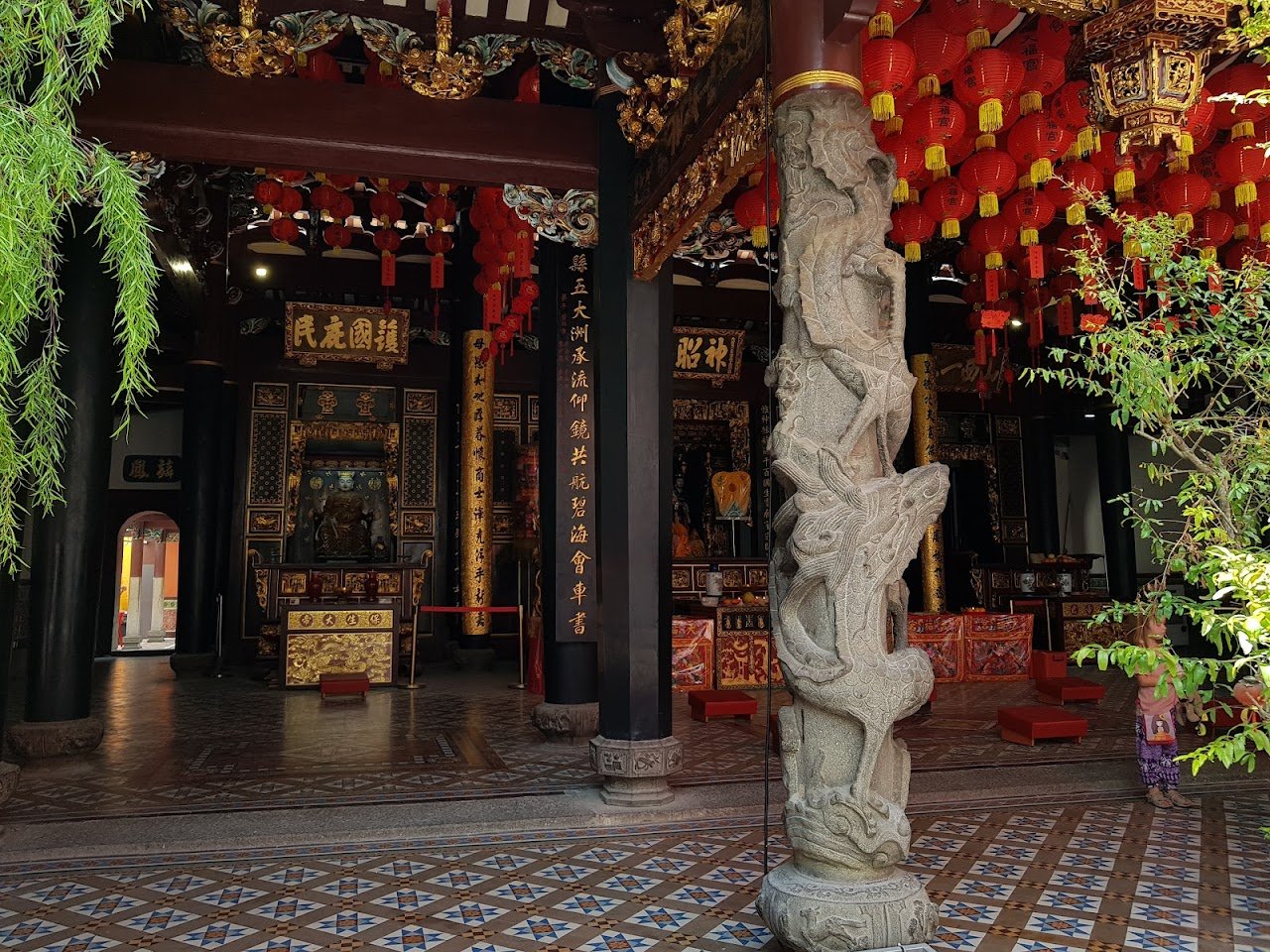
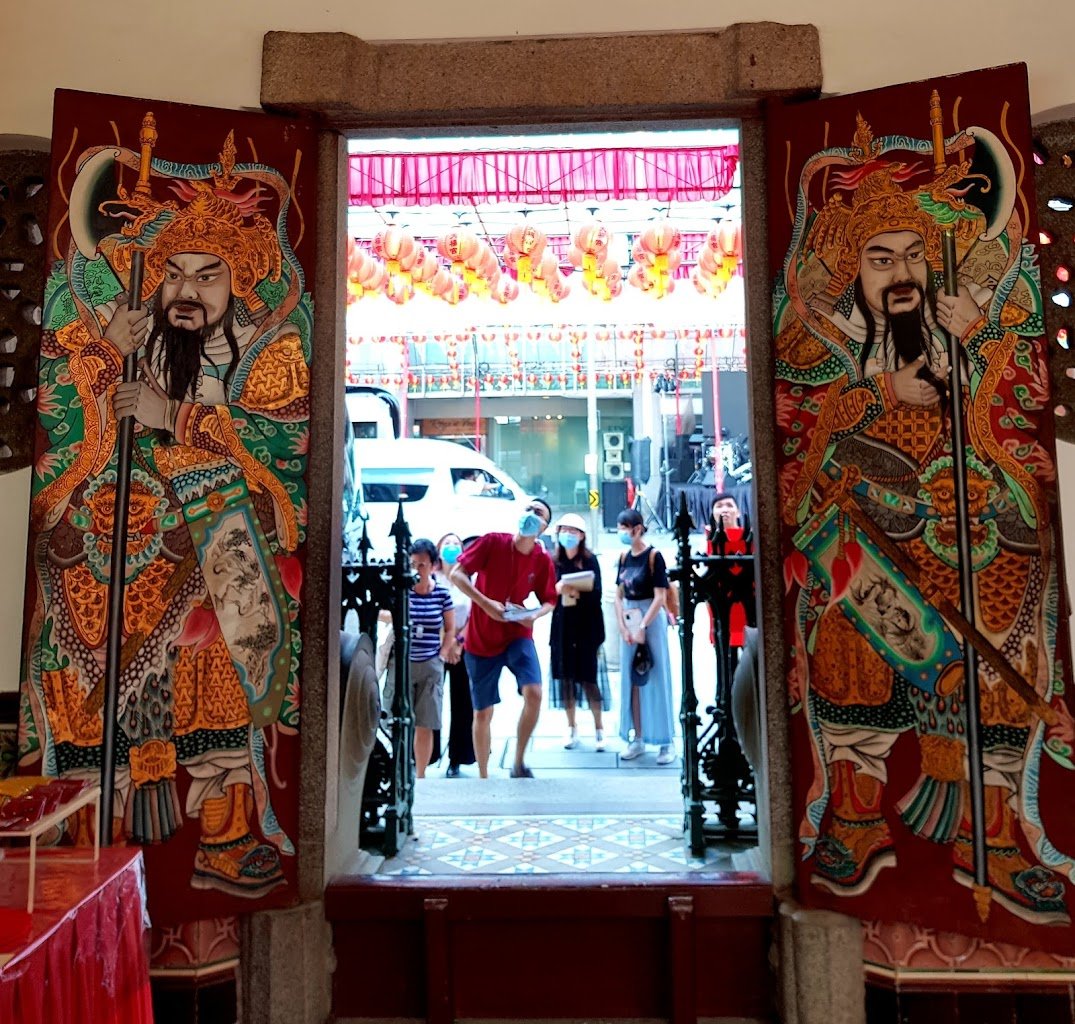
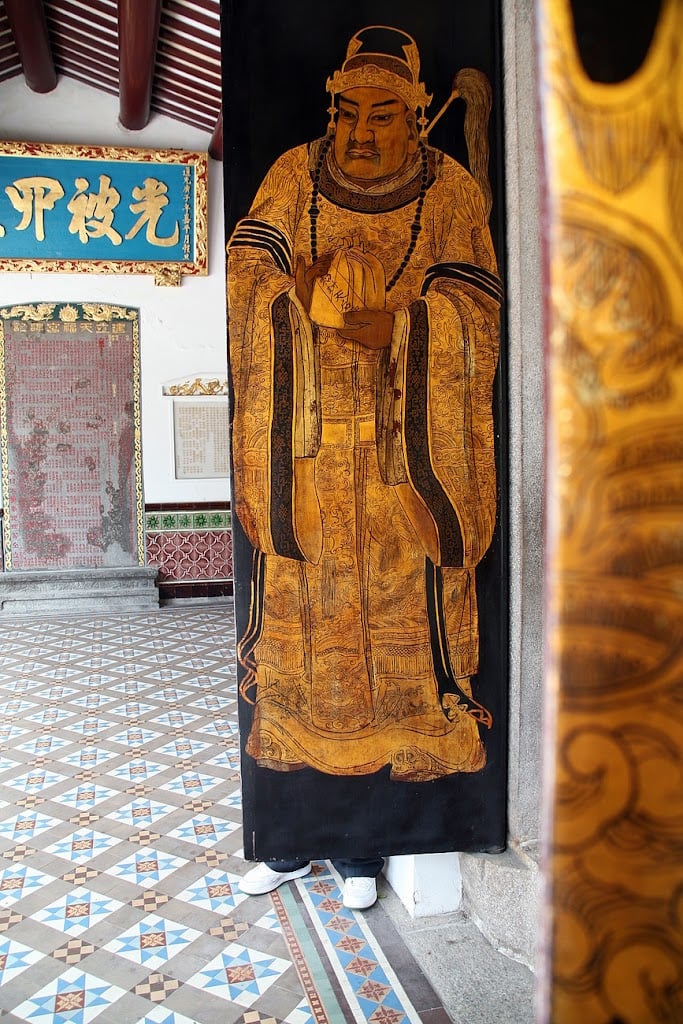
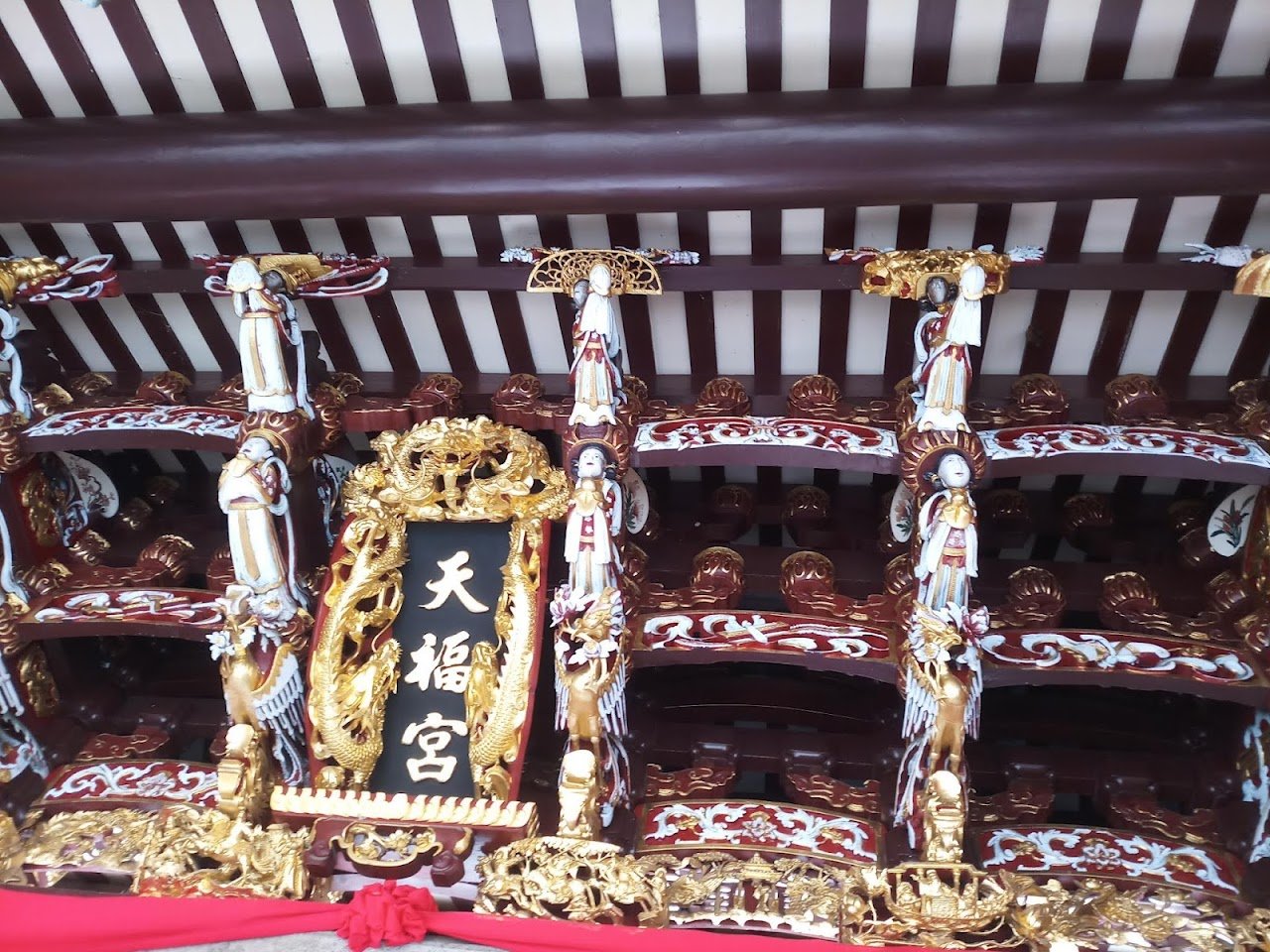
Ask ThatchGPT
Suggest a local expert to plan my trip
Suggest an unique itinerary for my Singapore trip
What foods do Singapore locals eat
What are some true hidden gems in Singapore
Help me brainstorm trip ideas for Singapore
Help me plan a family-friendly trip to Singapore
What people say
Pedro Pereira
Available for hire
"Thian Hock Keng (天福宮; Tiānfú Gōng), also known as the Tianfu Temple, is a prominent temple in Singapore dedicated to the worship of Mazu, the Chinese sea goddess. Recognized as the oldest and most significant temple for the Hokkien community in the country, it also features a shrine to Guanyin, the Mahayana Buddhist bodhisattva of mercy, located at the back.
Originally established around 1821–1822 as a modest joss house by the waterfront, Thian Hock Keng served the local Hokkien community, providing a space for seafarers and immigrants to offer gratitude to Mazu for safe passage upon their arrival in Singapore. The temple is situated on Telok Ayer Street, which once ran along the coastline before land reclamation altered the area in the 1880s.
The temple underwent reconstruction starting in 1839, funded by community donations, including a significant contribution from Tan Tock Seng, a Hokkien businessman. Many building materials, including the statue of Mazu enshrined in the main hall in 1840, were imported from China, with some materials recycled from ship ballasts. The temple was completed in 1842 at a cost of 30,000 Spanish dollars, with the local Indian community contributing to its construction, honored by a statue of a man depicted holding a beam in the right wing of the temple.
In 1840, the Hokkien Huay Kuan clan association was established within the temple grounds, further intertwining the temple's role in the community. Subsequent additions, such as the Chung Wen Pagoda and Chong Boon Gate in 1849, and renovations in 1906 that introduced Western architectural features, enriched its historical significance. Notably, the Guangxu Emperor presented a scroll and plaque to the temple in 1907, and the Chong Hock Pavilion was constructed in 1913, which was once used by the Chong Hock Girls' School.
Thian Hock Keng was gazetted as a national monument on July 6, 1973, and underwent major renovations between 1998 and 2000, which received commendation from the UNESCO Asia-Pacific Awards for Cultural Heritage Conservation in 2001.
Architecturally, Thian Hock Keng reflects traditional Chinese design, characterized by a cluster of buildings surrounding a central courtyard. The layout typically includes an entrance hall, a main hall, and a rear hall. The temple showcases the Fujian architectural style, featuring single-storey beam-frame structures with curved roofs supported by brackets. Decorative elements such as dragons, phoenixes, and traditional Taoist sentinels, including stone lions and Door Gods, enhance its aesthetic appeal.
The entrance hall is adorned with intricately designed colored tiles and motifs symbolizing good fortune. Upon entering, visitors are greeted by the main courtyard, where the Mazu shrine is located, flanked by octagonal pagodas—one dedicated to Confucius and the other housing ancestral tablets of Hokkien immigrants. A smaller altar for Guanyin resides in a courtyard behind the main shrine.
The primary deity, Mazu, is venerated for protection and safe passage across the seas, a sentiment echoed by modern worshippers who seek peace, health, and security. Other deities honored at the temple include the God of Medicine, Holy Emperor Lord Guan, Sacred Duke Kai Zhang, City God, and Confucius, reflecting the temple's rich tapestry of spiritual significance in the community."
Buculei Alina
Available for hire
"Thian Hock Keng Temple, also known as Tianfu Temple, is a beautiful and historic Buddhist temple in Singapore. The traditional southern Chinese architecture, built without nails, is truly a sight to behold. The temple has been fully restored and is filled with stunning dragon and phoenix sculptures, as well as unique Fujian-style broken porcelain roof ridges. Unfortunately, photography is not allowed in many areas of the temple, so be sure to cherish the memories in your mind. Remember to respect the rules and leave your camera in your purse if you can't resist taking photos. Admission is free and the temple is never too crowded, making it a peaceful place to visit.
"
Read more in:
Mentioned in these guides
About Thian Hock Keng Temple
Get the inside scoop on Thian Hock Keng Temple from local experts, travel creators, and tastemakers. Browse genuine trip notes, Thian Hock Keng Temple reviews, photos, travel guides, and itineraries from real travelers and plan your trip with confidence.
Phone
Save this spot for later or start mapping out a new trip today
Try our AI Travel Assistant and get instant answers to any questions about your trip.
Ask ThatchGPT


